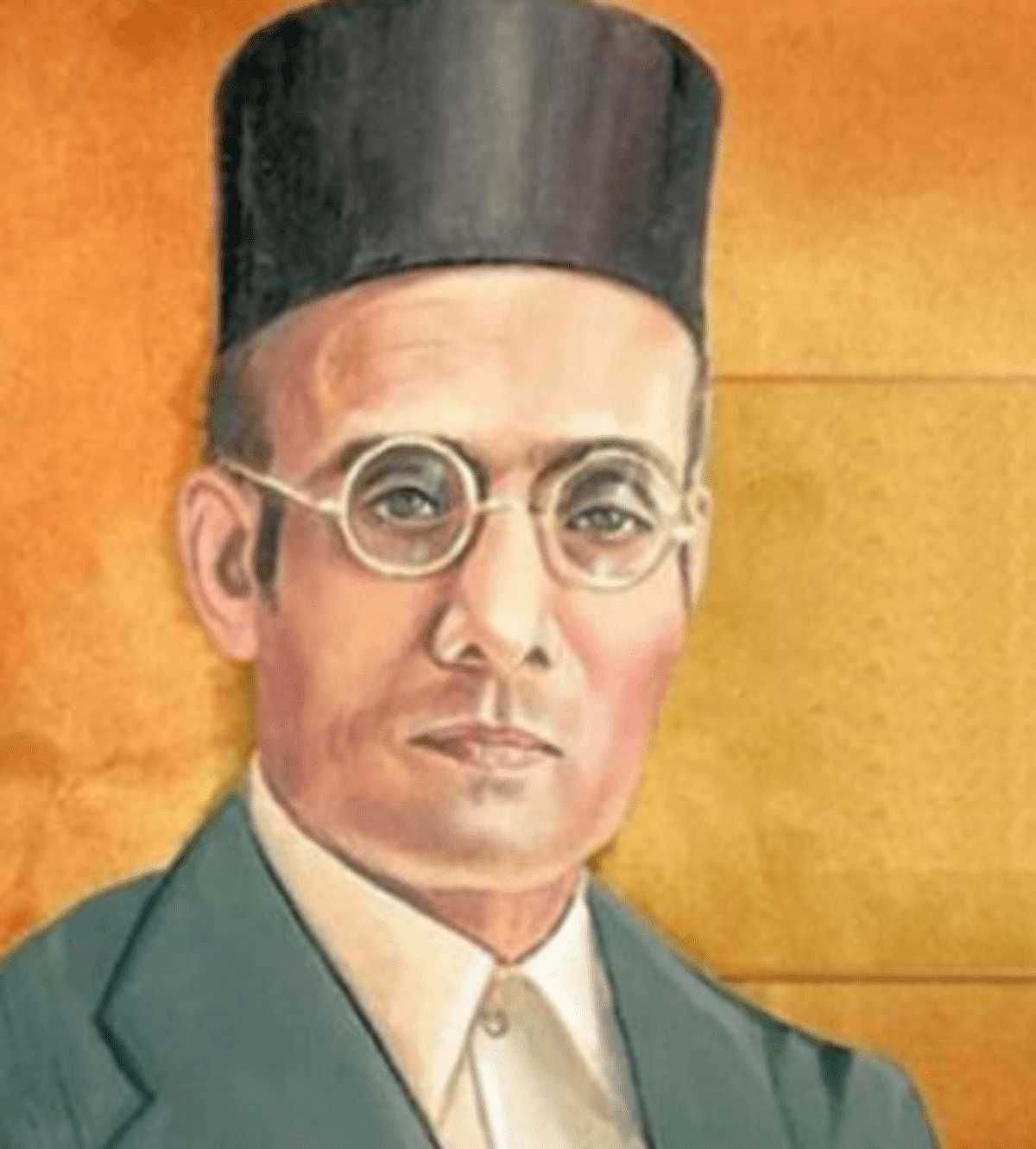Savarkar’s complicity with British colonialists is beyond doubt
No amount of lies uttered by the Sangh Parivar can nullify the letters he wrote to the British begging for mercy and promising subservience to them

That Vinayak Damodar Savarkar had appealed to the British colonialists several times to get released and spared after he was sent for life transportation has been proved to be true through all the ‘Maafinamas’ that are now in public domain, but that was not all.
In these letters, he had not only pleaded for mercy, but clearly stated that if released, he would be loyal to the British government, which he did, all his life.
The situation is made amply clear through a letter Linlithgow, the longest serving viceroy (1936-1943), had written to the secretary of state for India.
The letter is dated October 7, 1939, two days before the viceroy met Savarkar. The report of the meeting with Savarkar was placed in the postscript on October 9, immediately after the meeting, which the viceroy obviously considered significant from the point of view of the British vested interest in India.
According to the letter, Savarkar had said, “Our interests were now the same, we must therefore work together.”
As if that was not enough, the letter reveals further, “The Hindu Mahasabha,” he (Savarkar) went on to say, “favoured an unambiguous undertaking of dominion status at the end of the war.” (India Office (IO), MS EUR F 125/8 1939, Letters to the Secretary of State for India).
It was exactly the moment when the rest of the country, including the Left and the Congress were demanding complete freedom from the British colonialists. They argued that if the country was set free, it could strive more to halt the fascist forces, and this would be a great help to the Allied forces.
In contrast to it, among the many mercy petitions Savarkar wrote, (the first one had come on August 30, 1911, which was less than two months when he was taken to Cellular jail), in one of them, he had written, “I am ready to serve the government in any capacity they like, for as my conversion is conscientious so I hope my future conduct would be. By keeping me in jail, nothing can be got in what would be otherwise. The mighty alone can afford to be merciful and therefore where else the prodigal son can return but to the parental door of the government?”
This promise was never violated, either in spirit or in practice. For his book, “Hindutva, Who is a Hindu”, was written just when the British government had witnessed the first great countrywide upsurge at the call of non-cooperation movement and was getting desperate to divide the Indians.
Savarkar’s theory of Hindutva against the so-called enemies, the Muslims, did not only promise to hold back a section of Hindus from joining the anti-colonial nationalist struggle, but it also promised to help the British in promoting its “divide and rule” policy in India.
The promise of togetherness with colonial interests was not only kept alive but it blossomed further when the restrictions on his movements outside Ratnagiri were removed.
Savarkar started constantly moving towards shaping a battlefield so strategically that it could easily host a war between the two communities of Hindus and Muslims. Soon after becoming Hindu Mahasabha president in December 1937, he opted for the horrid political line that led to a further fall in the earlier pervading sense of love and brotherhood.
“There are two antagonistic nations living side by side in India,” he said at the nineteenth annual session of Hindu Mahasabha in Ahmedabad. “Several infantile politicians commit the serious mistake in supposing that India is already welded into a harmonious nation or that it could be welded thus for the mere wish to do so. [...] India cannot be assumed today to be a Unitarian and homogenous nation. On the contrary, there are two nations in the main: the Hindus and the Muslims, in India.”
The threat was ominous and the path that Savarkar had undertaken was to be soaked in blood and death. Muslim League also followed the suit in early 1940, only months after Savarkar met the viceroy.
The demand of Partition at the most crucial juncture in the history of Indian national movement signified a complete success of British government’s divide and rule policy.
At the time, nationalists were in the mode of complete boycott of the British government ever since Linlithgow declared India’s participation in the Second World War on September 3, 1939, without even consulting them.
In protest, the Congress ministries resigned within a month.
In October, 1940, Gandhi and the Congress, in order to counter the British propaganda that India was supporting the war of its own free will, launched the individual Satyagraha campaign. The nationalists pointed out the hypocrisy in Britain’s decision – to support the democratic forces in the war that were fighting against the Fascist forces, while still keeping India under their rule.
By contrast, Savarkar not only agreed for a promise of dominion status after the war, but also declared his intention to take part in the viceroy’s executive council and the war office in 1940.
When the nationalists launched Quit India movement in 1942, Savarkar and all the Hindutva outfits stood with the imperialists.
(IPA Service)
Views are personal
Follow us on: Facebook, Twitter, Google News, Instagram
Join our official telegram channel (@nationalherald) and stay updated with the latest headlines